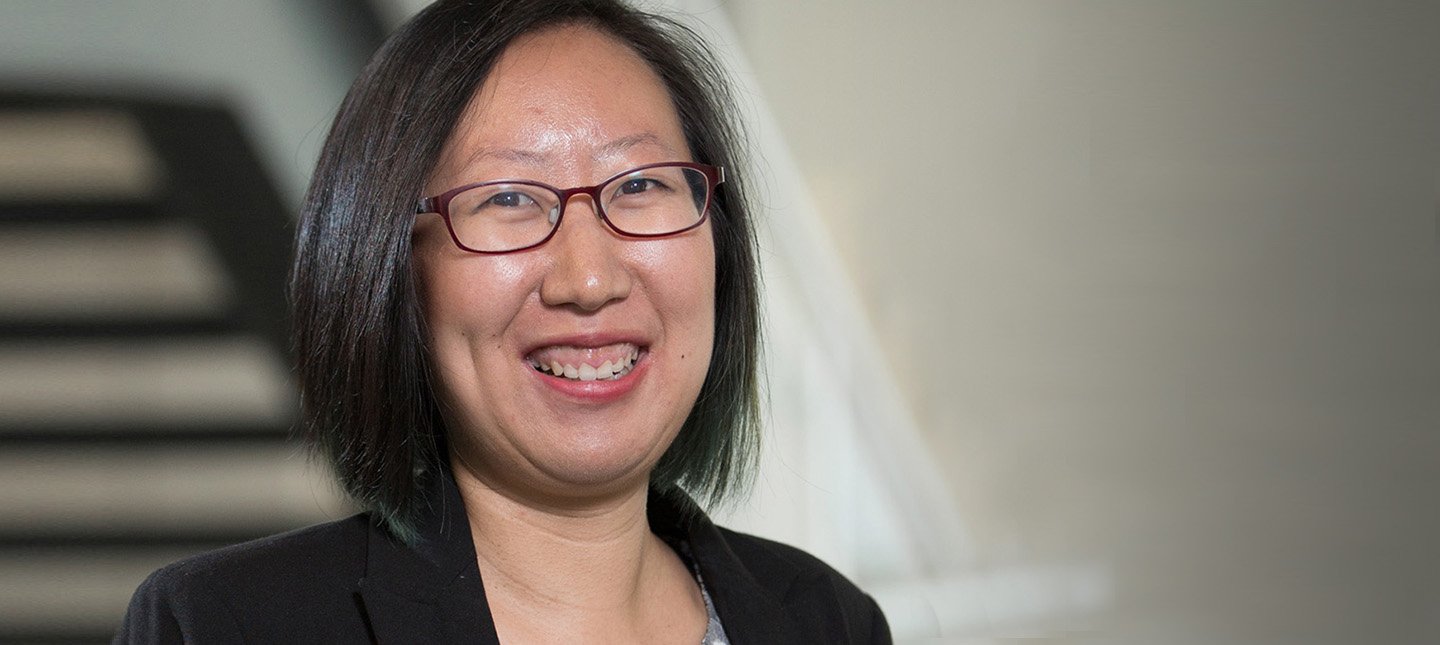Hospitals are increasingly replacing pagers with clinical texting systems that allow doctors, nurses and other clinicians to use smartphones to send and receive messages related to patient care while maintaining compliance for privacy and security. A new study from the Regenstrief Institute, Indiana University School of Medicine and Indiana University Health Methodist Hospital is one of the first to describe the clinical texting experiences of hospitalists and nurses, and to consider its effect on inpatient medical team communication. Ultimately, this field of research could impact clinical outcomes, such as patient safety or hospital readmission rates.
“Communication is essential to hospital workflow, yet we found that there is a lack of shared understanding among clinicians regarding how to use clinical texting,” said study corresponding author Joy L. Lee, PhD, M.S., a Regenstrief Institute research scientist and IU School of Medicine assistant professor of medicine. “Clinical texting is a double-edged sword — it’s easy to contact fellow clinicians, which can be viewed as good or bad. Each hospital or hospital system needs to figure out how to use clinical texting to optimize communication, workflow and patient care and then develop use guidelines.”
In pursuit of long-term solutions, the study authors asked hospitalists and nurses about their experiences with team communication by texting. Overall, nurses and hospitalists interviewed by the study authors held positive impressions of clinical texting. They noted ease of access, ability to send photos and capacity to record communications as benefits of texting. However, they expressed some frustration including challenges of implementation and a lack of shared understanding about text appropriateness. Doctors, but not nurses, were critical of the high volume of texts.
The study findings have implications for healthcare providers and researchers as well as healthcare administrators as they develop guidelines and etiquette for clinical texting. One size of guidelines and etiquette may not fit all, Dr. Lee notes.
Although the study did not report on implementation challenges in depth, the authors developed a robust checklist of considerations to maximize the benefits of clinical texting, minimize user dissatisfaction and build shared understanding of use. Recommendations include generating team buy-in and developing user consensus about various aspects of appropriateness. For example, is it appropriate to text a non-urgent message and, if so, under what circumstances is it proper to do so?
The study, “Qualitative Analysis of Team Communication with a Clinical Texting System at a Midwestern Academic Hospital,” is published in Applied Clinical Informatics. The work is a collaborative effort of health services researchers, clinicians and hospital administrators. Authors, in addition to Dr. Lee are Monica Huffman, B.S.; Marianne Matthias, PhD; April Savoy, PhD; and Michael Weiner, M.D., MPH, all of the Regenstrief Institute; Areeba Kara, M.D.; Bethany Radecki, BSN, MSN; and Jason T. Schaffer, M.D., all of IU Health. All authors, with the exception of Drs. Savoy and Radecki, are also on the faculty of IU School of Medicine. Dr. Savoy also is a faculty member of the Purdue School of Engineering and Technology, IUPUI. Drs. Weiner and Savoy are also with the VA Health Services Research and Development Center for Health Information and Communication.
The study was supported by the cross-center pilot award from the Regenstrief Institute and by the Indiana Clinical and Translational Sciences Institute, via the National Institutes of Health, National Center for Advancing Translational Sciences, Clinical and Translational Sciences Award (grant numbers UL1TR001108 and UL1TR002529).
About Joy L. Lee, PhD, M.S.
In addition to her role as a research scientist at Regenstrief Institute, Joy L. Lee, PhD, M.S., is an assistant professor of medicine at Indiana University School of Medicine.
About Regenstrief Institute
Founded in 1969 in Indianapolis, the Regenstrief Institute is a local, national and global leader dedicated to a world where better information empowers people to end disease and realize true health. A key research partner to Indiana University, Regenstrief and its research scientists are responsible for a growing number of major healthcare innovations and studies. Examples range from the development of global health information technology standards that enable the use and interoperability of electronic health records to improving patient-physician communications, to creating models of care that inform practice and improve the lives of patients around the globe.
Sam Regenstrief, a nationally successful entrepreneur from Connersville, Indiana, founded the institute with the goal of making healthcare more efficient and accessible for everyone. His vision continues to guide the institute’s research mission.
About IU School of Medicine
IU School of Medicine is the largest medical school in the U.S. and is annually ranked among the top medical schools in the nation by U.S. News & World Report. The school offers high-quality medical education, access to leading medical research and rich campus life in nine Indiana cities, including rural and urban locations consistently recognized for livability.
About IU Health
Named among the “Best Hospitals in America” by U.S. News & World Report for 24 consecutive years, Indiana University Health is dedicated to providing a unified standard of preeminent, patient-centered care. A unique partnership with Indiana University School of Medicine—one of the nation’s leading medical schools—gives our highly skilled physicians access to innovative treatments using the latest research and technology. IU Health Methodist is a part of the IU Health system.










